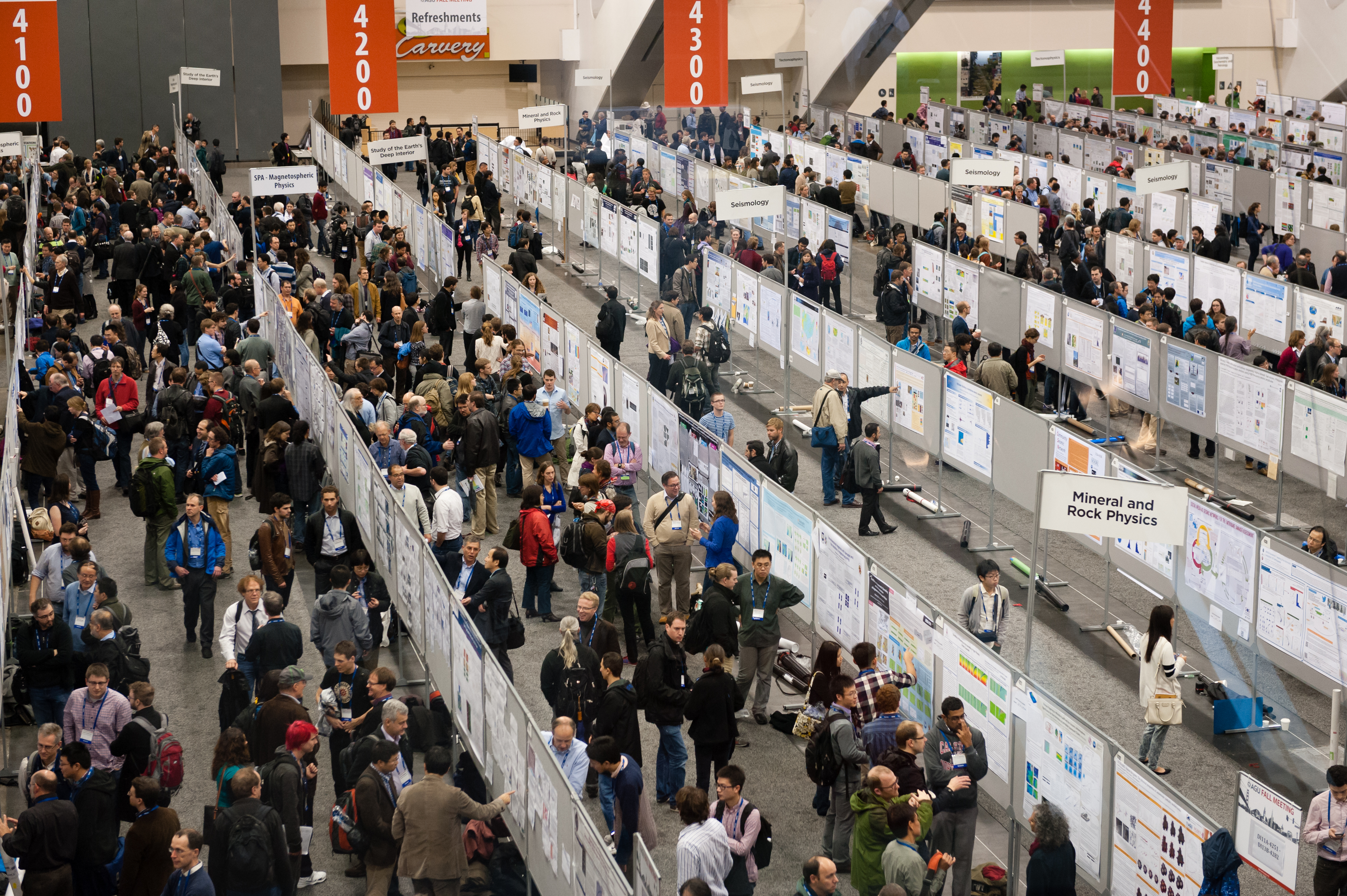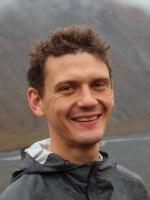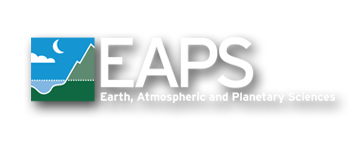Standing Out in Earth and Planetary Sciences

By Lauren Hinkel
Congratulations to six MIT students and postdoctoral associates, who have each been awarded an Outstanding Student Paper Awards (OSPA) for their presentation at the 49th Fall Meeting of the American Geophysical Union (AGU) held in San Francisco in December 2016. The event is the world’s largest Earth and space science meeting, bringing together more than 25,000 scientists to share their work through about 22,000 poster presentations and invited talks.

Amanda Giang’s “Implications of climate variability for monitoring the effectiveness of global mercury policy” earned her an OSPA for her atmospheric sciences poster. Giang is a research assistant in the Joint Program on the Science and Policy of Global Change working with the Selin Group with a MIT Center for Environmental Health Sciences affiliation. She’s also a PhD candidate in MIT’s Institute for Data Systems and Society. Her research focuses on developing approaches to assess the environmental, human health, and economic impacts of air pollution, to support cross-scale management. Giang’s current work focuses on a case study of global and regional mercury policy, drawing upon atmospheric sciences (chemical transport modeling), environmental and health economics, and science technology studies.
AGU recognized Alison Hoyt’s biogeosciences poster on “Methane oxidation in a tropical peatland”. Hoyt is a graduate student in MIT’s Department of Civil and Environmental Engineering working with Professor Charles Harvey to study how the hydrology affects carbon cycles of Borneo’s peat forests. She works with the Singapore-MIT Alliance for Research and Technology. Southeastern Asia’s tropical peatlands sequester a lot of carbon, but the drainage and devastation of them for agriculture and palm oil use has become a major source of carbon dioxide, equivalent to 1-3 percent of total global emissions from the combustion of fossil fuel. But Hoyt’s current work is looking at pristine peat swamp forests in Brunei investigating how much methane is being released, as well as the source of the methane. Her team wants to understand how these peatlands differ from those in North America and Europe, and how the carbon cycle in a deforested peatland compares to its intact neighbor.

“Uncertainty categorization, modeling, and management for water supply planning” earned Sarah Fletcher an OSPA in hydrology at the 2016 AGU Fall Meeting. Fletcher is an Engineering Systems PhD candidate in MIT’s Strategic Engineering Research Group and is affiliated with the MIT Energy Initiative. She specializes in several areas: water-energy nexus, natural resource and water management, systems modeling, simulation. She received her Masters from MIT for the “Risk Assessment of Groundwater Contamination from Hydraulic Fracturing Fluid Spills in Pennsylvania” for which she was awarded the Best Thesis in Technology and Policy from MIT in 2012.

Hannah Mark, a PhD candidate in the MIT-WHOI Joint Program in Oceanography/Applied Ocean Science and Engineering studying marine geology and geophysics, is awarded an OSPA in Tectonophysics for her poster on “Seismic coupling at divergent plate boundaries from rate-and-state friction models”. She researches seismology, fault mechanics, plate boundary processes, and the structure and evolution of oceanic lithosphere. For her thesis, Mark is investigating Azimuthal anisotropy in the Pacific-plate upper mantle with WHOI advisor Daniel Lizarralde, and Geometric and thermal controls on the seismic cycles of midocean ridge normal faults from rate-and-state friction models with Mark Behn.

Daniel D. B. Koll is a postdoctoral fellow working in the Cronin group at MIT’s Program in Atmospheres, Oceans and Climate (PAOC) with a MIT Kavli Institute affiliation. He received an OSPA in planetary sciences for “Interpreting atmospheric circulations of rocky exoplanets as heat engines”. Koll’s area of expertise is the study of exoplanet atmospheres and Earth’s “exotic” past climate. He’s particularly interested in the unusual climates of tidally locked planets, which offer a unique opportunity over the coming few years for testing climate theories against astronomical observations. In his doctoral thesis, Koll focused on the atmospheres of rocky planets around M-stars and extended theories of atmospheric dynamics that were developed for Earth to these exotic atmospheres. At MIT, he hopes to apply this to understanding how these dynamics shape the habitability of terrestrial planets.



